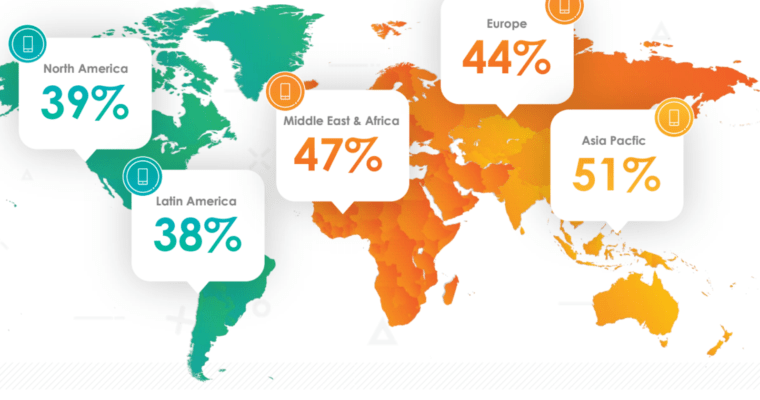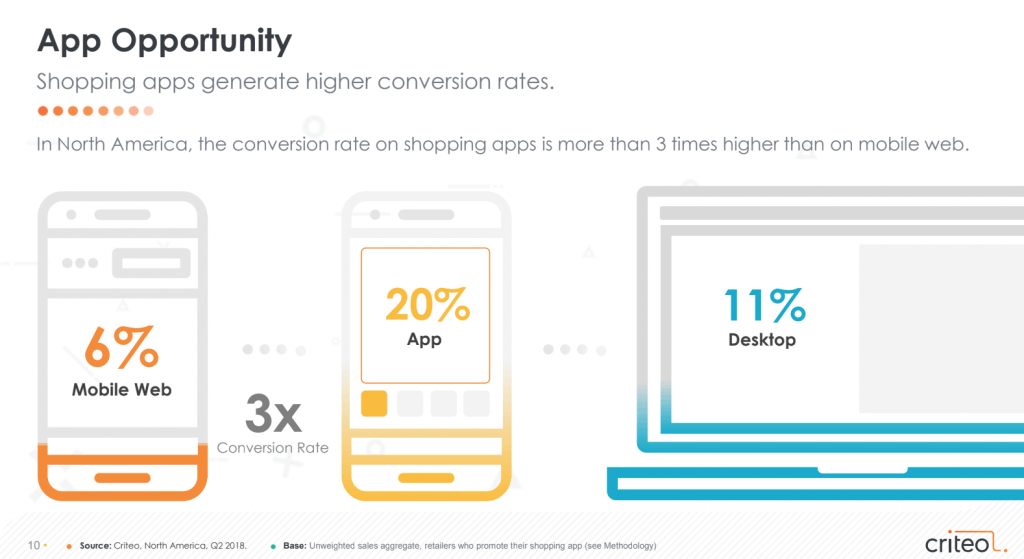
A new untapped marketing channel, effective content distribution, always online and personalisation at scale. These are the four primary benefits people often speak of when promoting chatbots. While I agree wholeheartedly, I do think one of the most significant benefits often remains overlooked.
Unparalleled business intelligence and data.
With a chatbot, brands have more information than ever at their fingertips. In fact, they have so much data it will quickly become overwhelming if they do not know what to look for and what to do with it.
There are five core areas of data a chatbot can provide:
Sentiment analysis
Chatbots are talking to people all day every day. Some people will be grumpy, and some will be happy. Wouldn't it be great to know what topics of conversation, products, places, circumstances or "things" make a particular brand’s audience grumpy? Wouldn't it also be great to see what promotions, prices, products, situations and events make them happy? This enables brands to start working towards doing less of the things that frustrate their customers and more of the things they like.
Analysing and measuring the sentiment of inbound messages a chatbot receives gives you an instant, always available, pulse of consumer sentiment.
No more "how would you rate us out of 10?" or "what did you think of XYZ product?" A chatbot's conversations give insight into what people are thinking.
Sentiment analysis can help across lots of areas of a business too. Product managers understand successful features, Marketing can assess the impact of marcomms and promotions, and Customer Services are able to isolate and identify problems and produce relevant support material.
Understanding busy times
When is a bot working the hardest? What countries and territories have most conversations? What times of the day are people talking about certain things? Knowing when people are talking to a chatbot, where they are and what they are talking about provides insight into their behaviour.
This is valuable for preparing content, service and sales. If brands know when people need help, they understand the best time to deliver support and/or marketing collateral pre-emptively.
It is invaluable for marketing (right person at the right time with the right message), useful for service and even for development teams to know when to push updates to the platform or services.
Knowing who are the biggest brand fans
A lot of money and time is spent identifying and segmenting power users. Brands want to be able to understand the audiences that interact with them the most, spend the most money or bring in the most referrals.
The chatbot gives insight into the type of people who talk the longest, interact the most and give the highest feedback scores. Brands can analyse and collect the data these power users provide to find and attract more people who behave in a similar way to them.
The insight also helps to improve the chatbot experience because seeing what the typical power user experience looks like means it can be recreated for others. It is a bit like that famous case study by Facebook identifying that power users add seven friends within ten days.
Assessing usefulness
The data a chatbot also provides gives insight into whether it is pulling its weight and doing its job. They’re designed and launched to be a useful tool for your consumers and the business so put that to the test.
Standard metrics like retention and engagement are very useful; for example how long people talk with the bot for, how often they come back and if they switch channels. However, combine these with more bot-centric metrics like fall-backs to human, conversation blocks and "I do not understand" errors gives a unique ability to assess how useful a bot is.
These metrics help to ensure the chatbot is meeting its one true goalbetter than any other channel could.
Time to end-result
While we're talking about goals, the time taken to reach the chatbot's goal is also a good insight. If a chatbot is designed to sell, how quickly did it sell something? Does changing the flow/persona/style of conversation make it better? Do some upstream channels or marketing efforts lead to a faster time to sell, do some upstream channels not convert?
It gives insight into what channels create sales-ready-leads and which create cold leads.
If a chatbot is designed to help people, perhaps in a customer service capacity, then how quickly did it help? Did the user have to go through a 15-minute conversation before they got an answer? Or did they get it in 2 seconds? Is the chatbot getting faster at helping over time? Or is it getting worse?
The importance of chatbot data
These insights, data and analytics not only provide the power to A/B test, improve and iterate a chatbot, but they give never-before-seen insight into a brand’s audience.
This insight is not a quantitative "8 out of 10 people would refer you to a friend", but a qualitative "I liked X, I disliked Y and I'd really like you more if you did Z" type data.
Of course, getting this data is nothing new, we have all launched surveys, focus groups and consumer research campaigns. The difference is, a chatbot offers this data at scale. All day, every day and all the time. For free.
After launching a chatbot, brands have so much data they will not know how to analyse it all. Often brands will be drowning in conversations, sentiments and "what went wrong there" type information. The goal is to turn that into actionable intelligence
Much like all channels, it is crucial not to pivot, iterate and react based on hunches or personal feelings. Use the analytics and data to record, measure, understand and test.
Remember, with great power comes great responsibility.
- by Dean Withey










